Venus Optics Laowa 60mm F2.8 2:1 Ultra Macro
Sharpness
Sharpness, or the ability to resolve small details, is an important measure of the performance of a lens. Sharp images let the viewer concentrate on the composition, color, and light. On the other hand, soft images (except when looking that way on purpose) distract the viewer and decrease the perceived quality of the picture.
Macro lenses always come with high expectations for sharpness, especially for a near-normal focal length. The Laowa 12mm lens that we tested in the past impressed us regarding sharpness, so expectations are high for the 60mm Super Macro.
There are many ways to evaluate sharpness. Some are quantitative, such as the number of lines per millimeter that can be resolved, while others are comparative, such as using a standardized scene to pit lenses against one another. The latter is the favored method at Pentax Forums.
Test Setup, Star Chart
In order to evaluate sharpness, we photograph a standard test chart (or "star chart") that can be used to compare lenses to one another. The general rule is that the distance from the lens to the test chart must be 100 times the focal length of the lens. For our lens, this means a distance of 6 meters.
The test is not designed to show how good a lens can be. Quite the contrary: it is a stress test designed to put the lens at its limits to show where it falls short. The test shows the apertures where the lens performs best, and makes it possible to compare with another lens.
Our test has the star chart put successively at the center, edge, and corner of the field of view of the lens, testing all apertures each time.
Resolution is obviously dependent on the sensor used. For this test, we used both of Pentax's current top-of-the-line sensors: the K-1 II's full frame 36 MP and the K-3 's APS-C 24 MP.
New Pentax DSLR bodies include the ability to disable anti-aliasing, a very useful feature allowing higher resolutions to be reached. However, the nature of our sharpness test and the pattern of the test chart mean that, with anti-aliasing totally disabled, moiré is likely to appear. In order to strike the best balance between sharpness and moiré reduction, the anti-aliasing simulators were activated and set at the "Low" setting.
Test Results at 60mm on APS-C
The following images showcase the results at all apertures on APS-C. Focusing was performed by using focus peaking in live view. Focusing was corrected after each lens movement. You can click on the images to see full resolution crops.
Center | Edge | Corner | |
F2.8 | 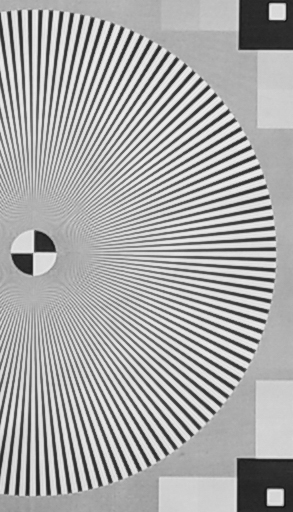 | 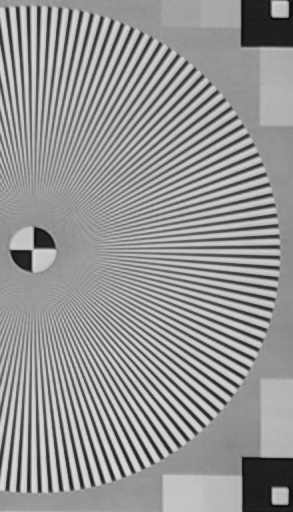 | 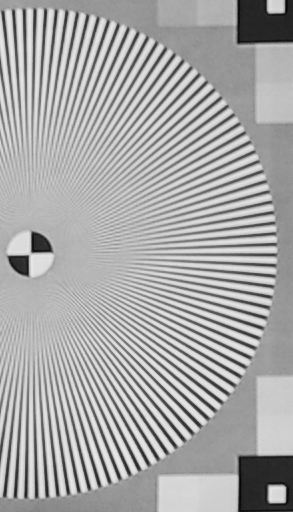 |
F4 | 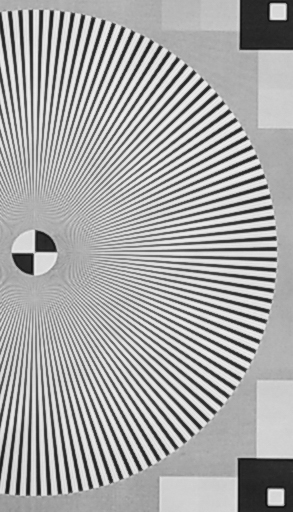 | 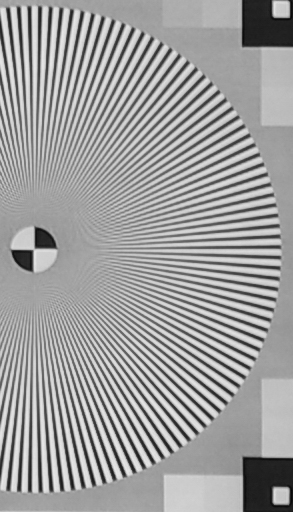 | 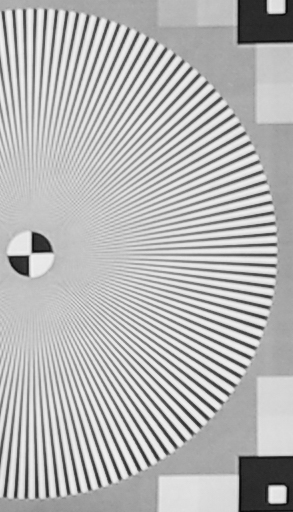 |
F5.6 | 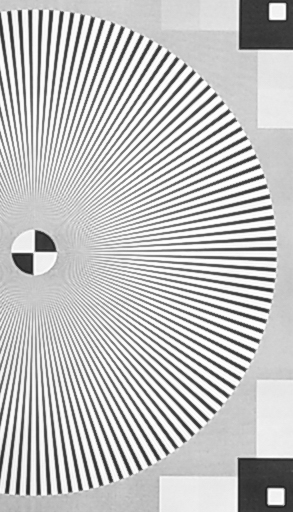 | 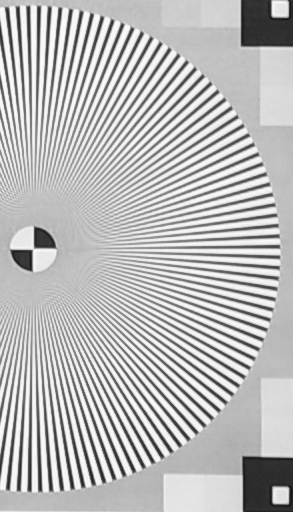 | 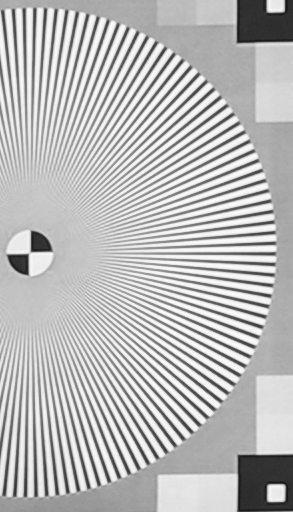 |
F8 | 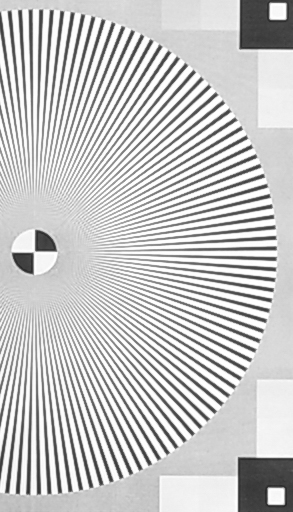 | 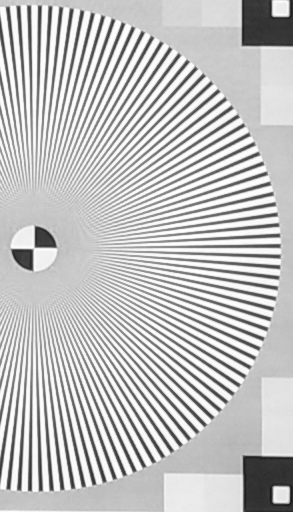 | 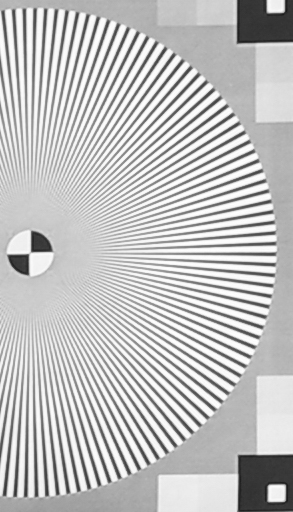 |
F11 | 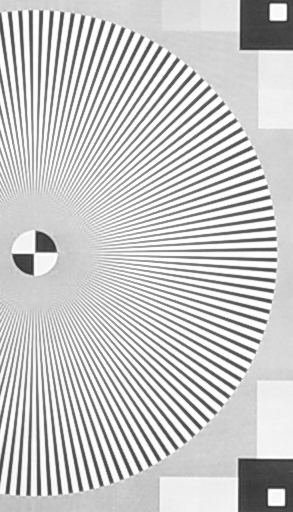 | 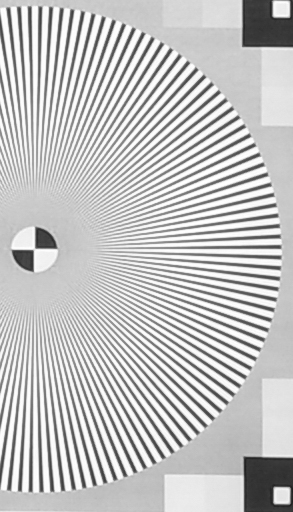 | 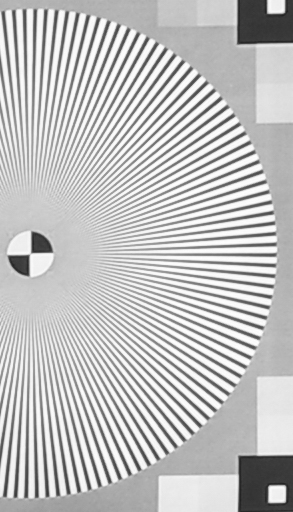 |
F16 | 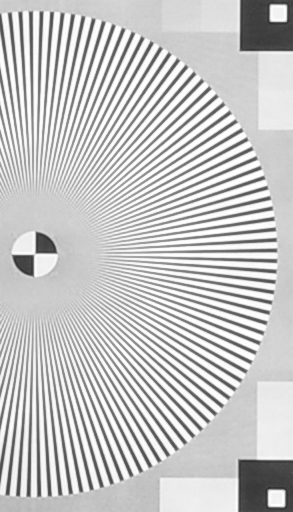 | 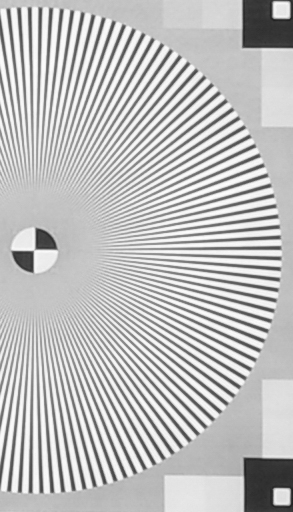 | 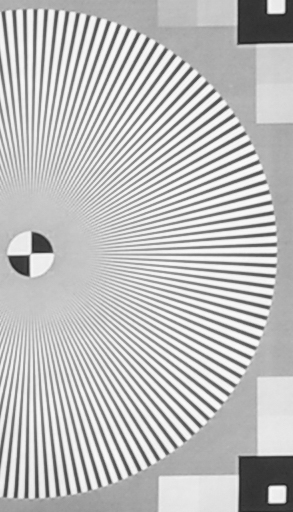 |
F22 | 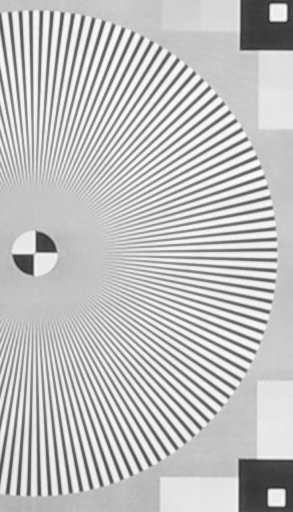 | 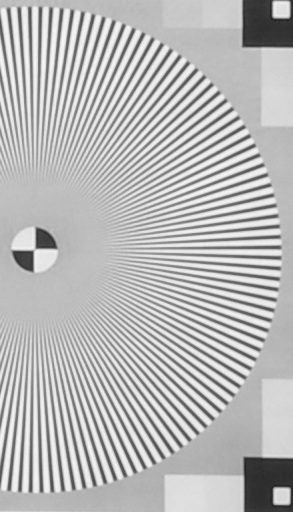 | 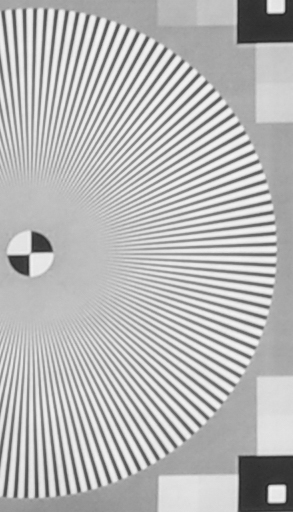 |
The center is already brutally sharp at F2.8. It still manages to improve a bit more until about F5.6 where the lens reaches its peak sharpness. Until F11, the results remain more or less constant, and decrease at slower apertures. F22 should be avoided.
Edges and corners are soft at F2.8. Results improve gradually and, at F5.6, the edges are almost equal to the center. Corners require F8 to reach their highest level of sharpness.
Test Results at 60mm on full frame
The following images showcase the results at all apertures on full frame. Focusing was performed by using focus peaking in live view. Focusing was corrected after each lens movement. You can click on the images to see full resolution crops.
Center | Edge | Corner | |
F2.8 | 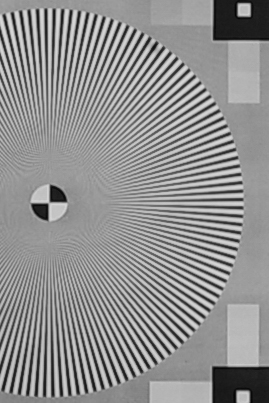 | 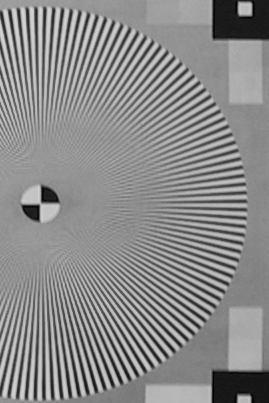 | 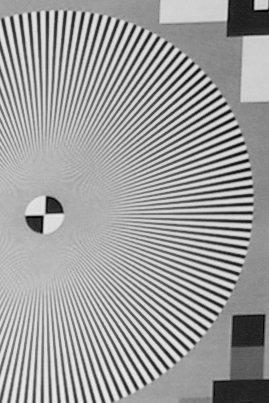 |
F4 | 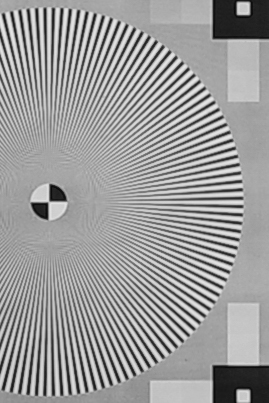 | 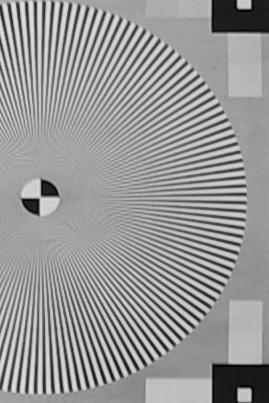 | 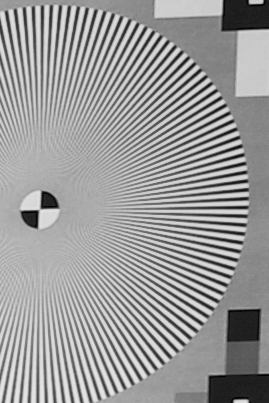 |
F5.6 | 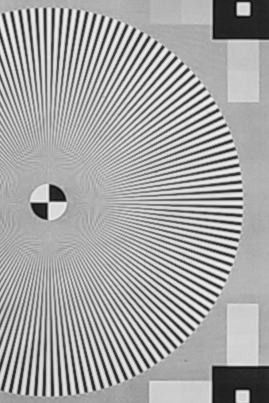 | 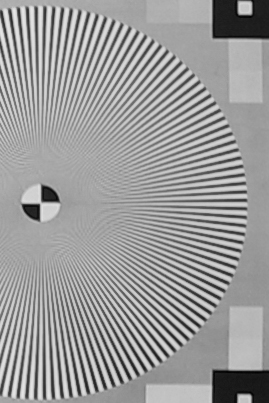 | 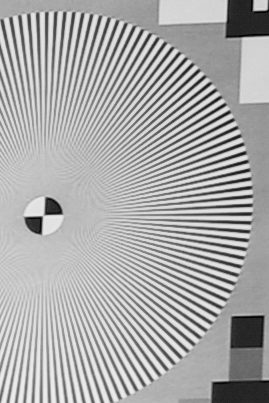 |
F8 | 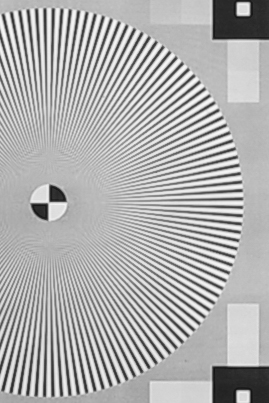 | 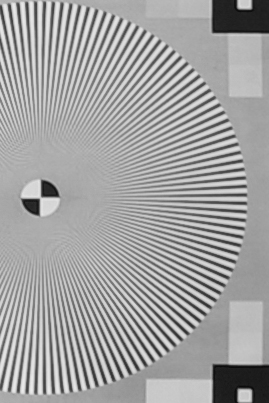 | 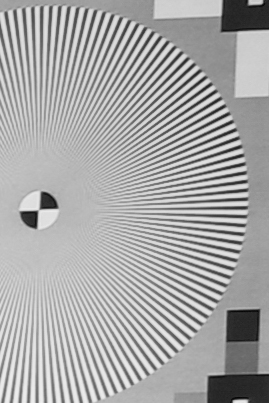 |
F11 | 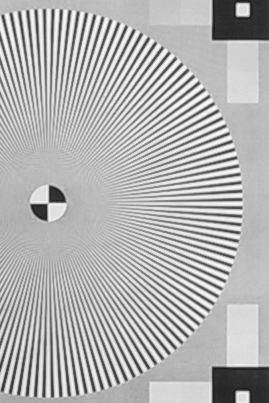 | 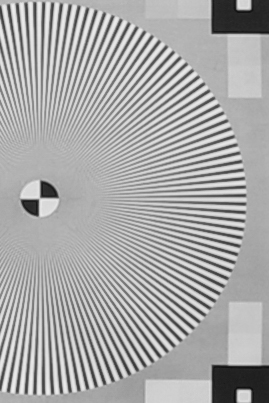 | 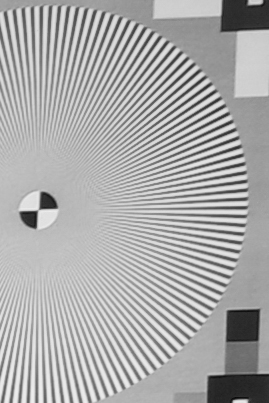 |
F16 | 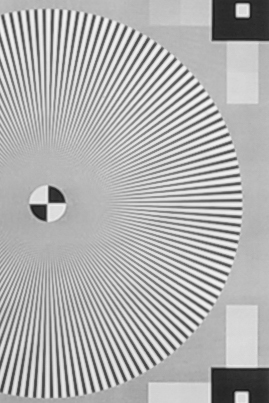 | 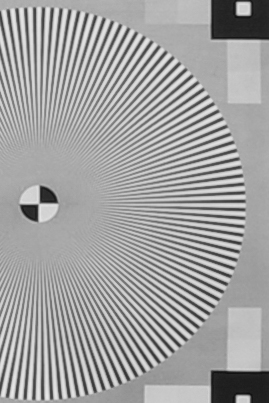 | 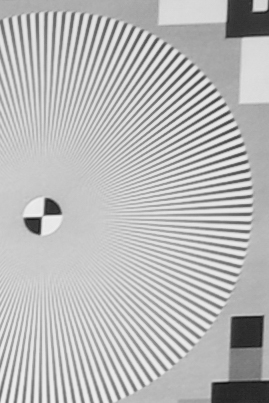 |
F22 | 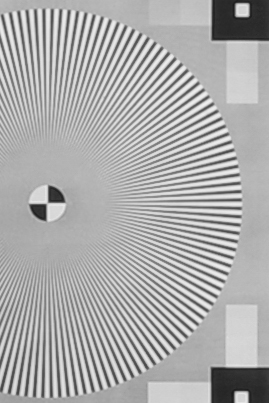 | 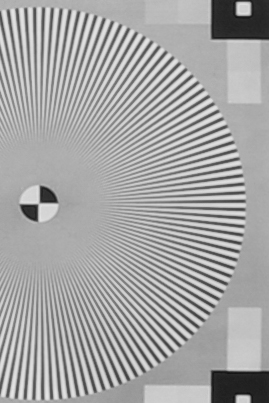 | 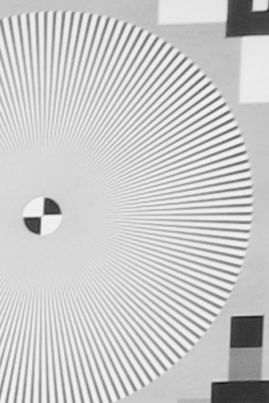 |
Results are globally the same on full frame: center sharpness is sharp wide open and improves at smaller apertures. Generally speaking, center sharpness is higher than average, and in line with what one can expect of a macro lens.
Edges and corners are very soft wide open. They improve steadily until F8 where results are nearly uniform across the frame. Edges reach their peak one stop wider, at F5.6. F8 is probably the sweet spot; while edges are usable between F5.6 and F11, corners never shine except at F8.
Real-life test
Test charts never tell the whole story. The following images illustrate the performance of the lens with a real-life test subject with a lot of detail. We used a close distance to differentiate with the star chart tests, which are performed at a significant range. We moved our camera to place the subject in the center, the edge, and then corner, refocusing between each shot.
Test Results at 60mm on full frame
The following images showcase the results at all apertures on full frame. Findings will be applicable to APS-C, following the conclusions of the previous section. Focusing was performed by using focus peaking in live view. Focsuing was corrected after each lens movement. We used close-focusing conditions to showcase how the lens performs in its most likely application. You can click on the images to see full resolution crops.
Center | Edge | Corner | |
F2.8 | 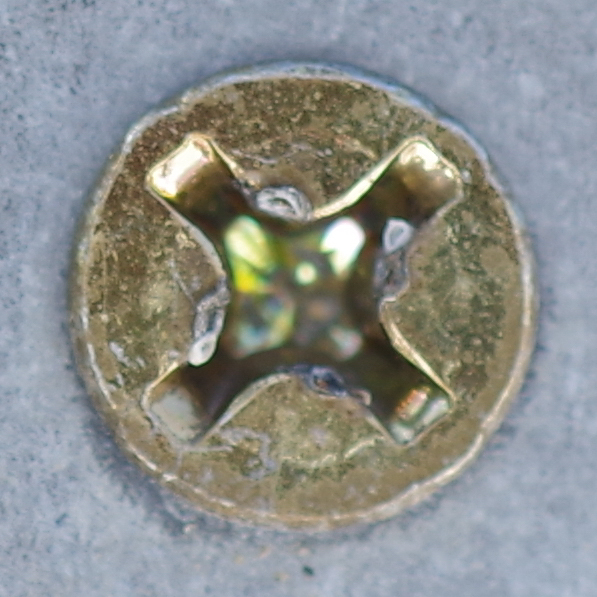 | 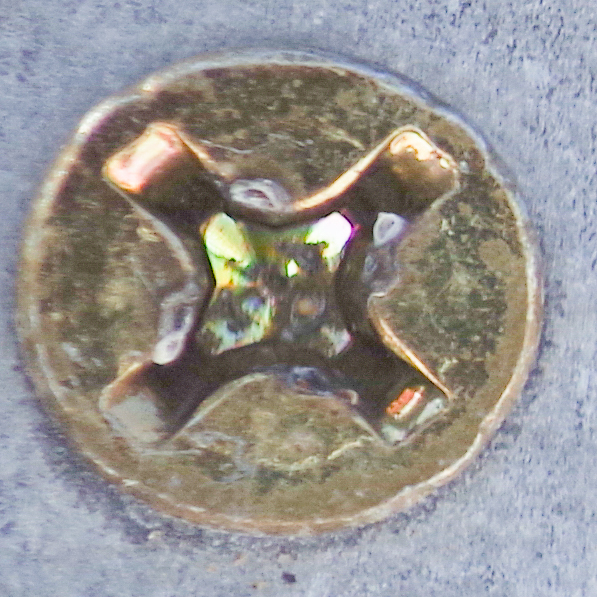 | 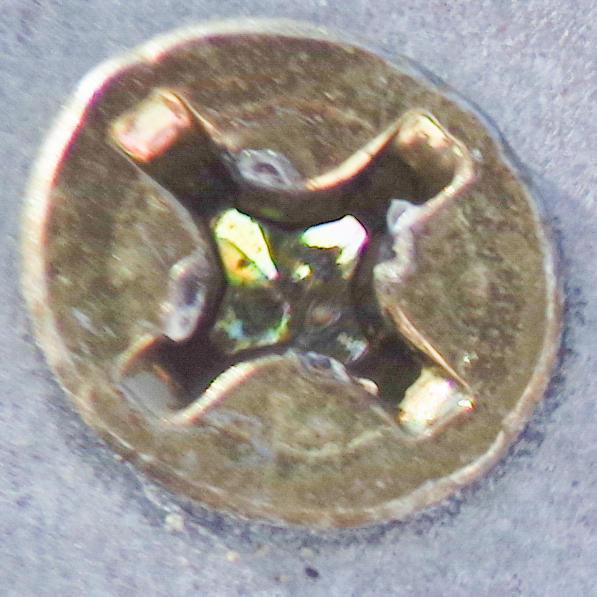 |
F4 | 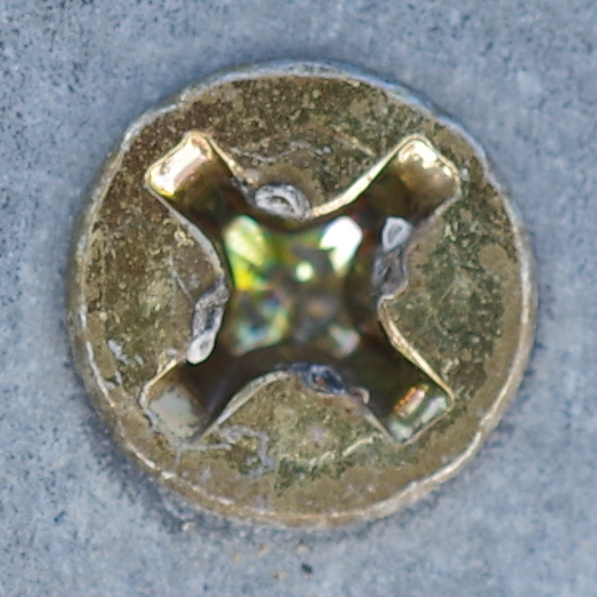 | 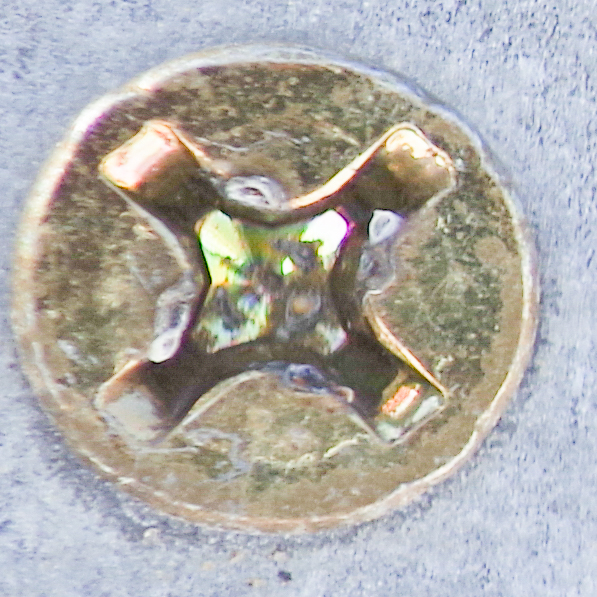 | 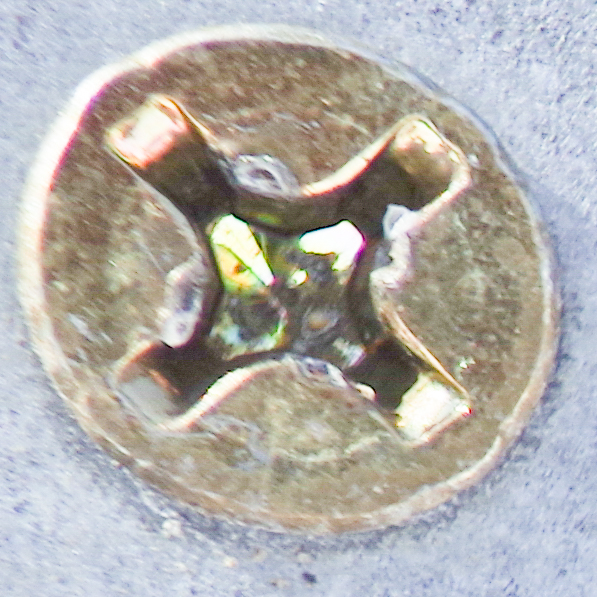 |
F5.6 | 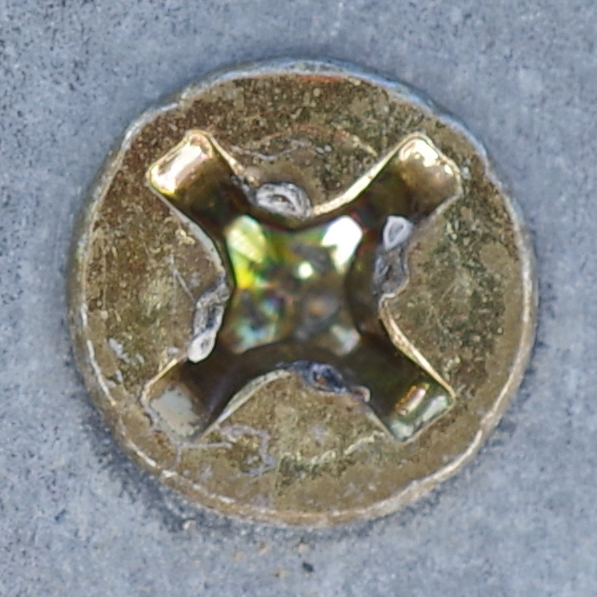 | 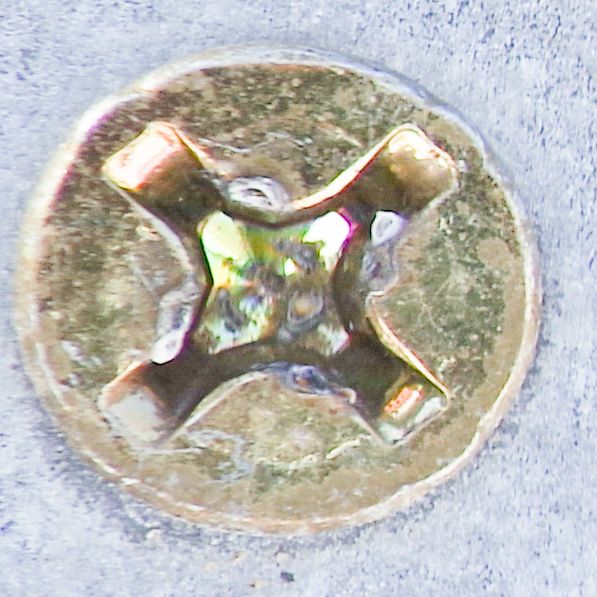 | 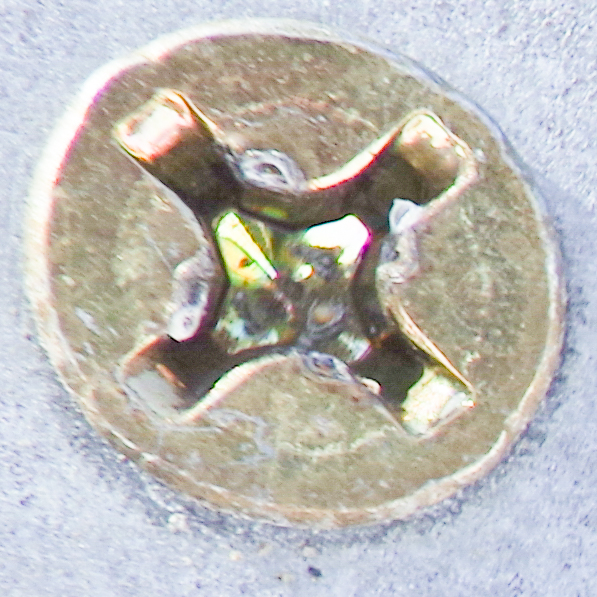 |
F8 | 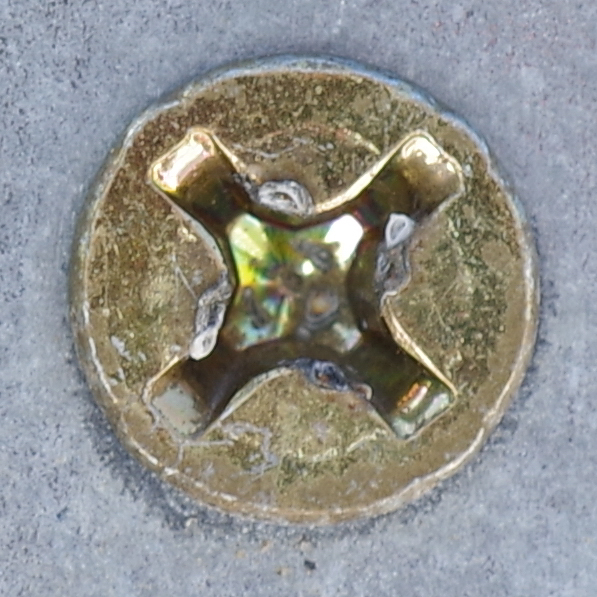 | 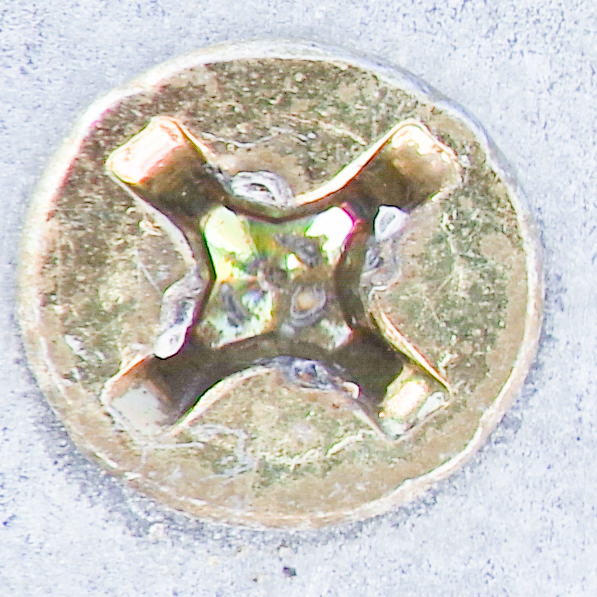 | 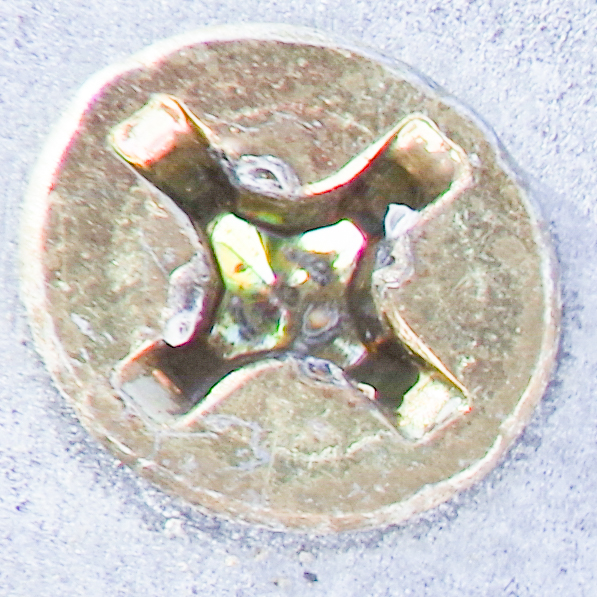 |
F11 | 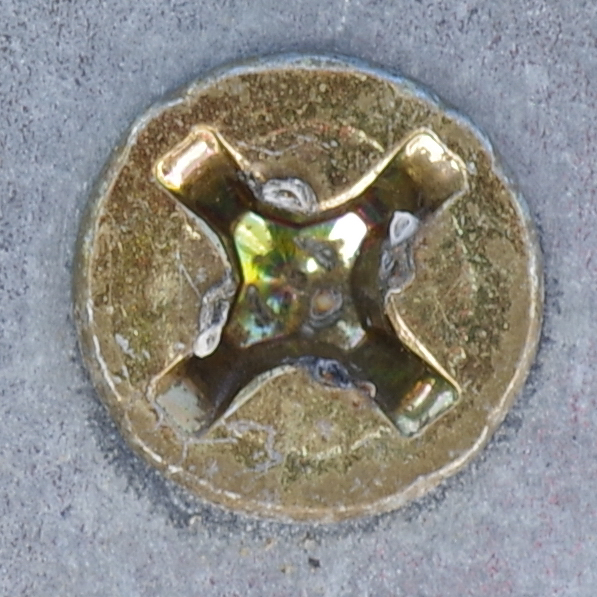 | 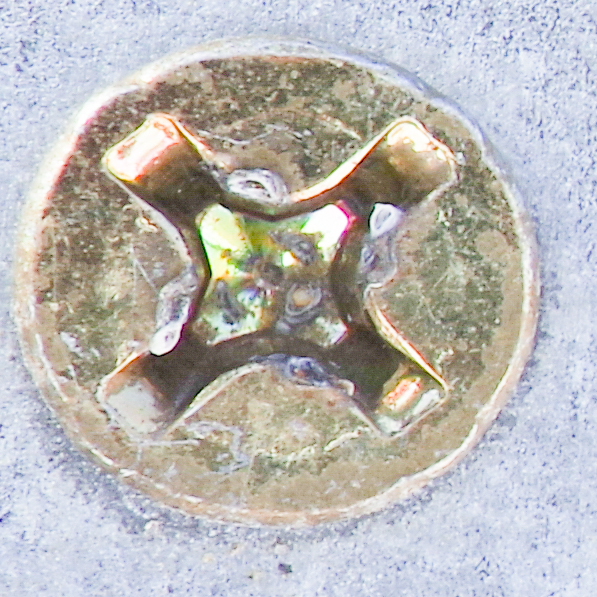 | 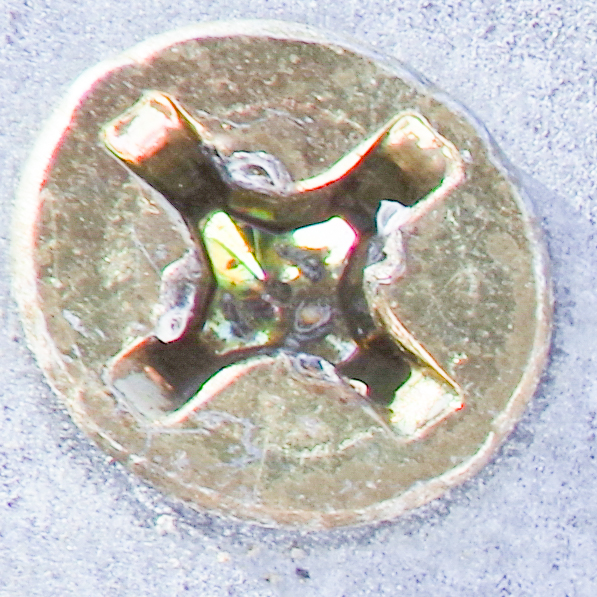 |
F16 | 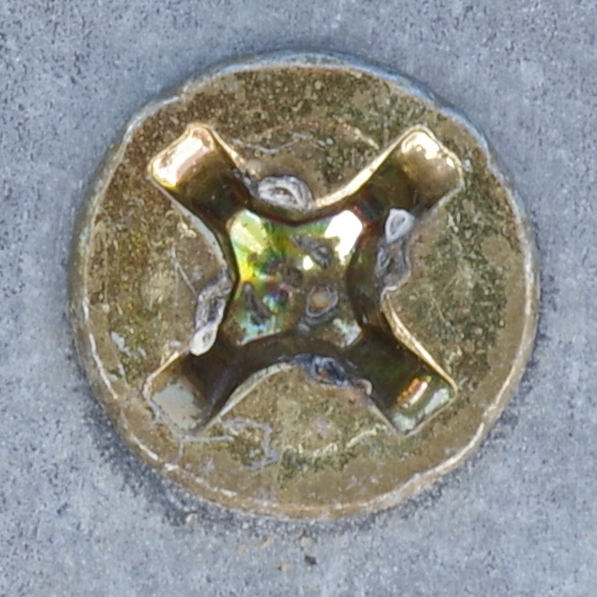 | 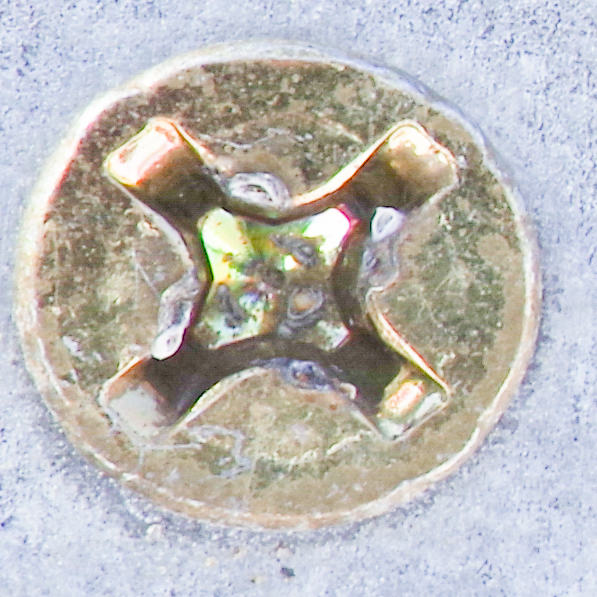 | 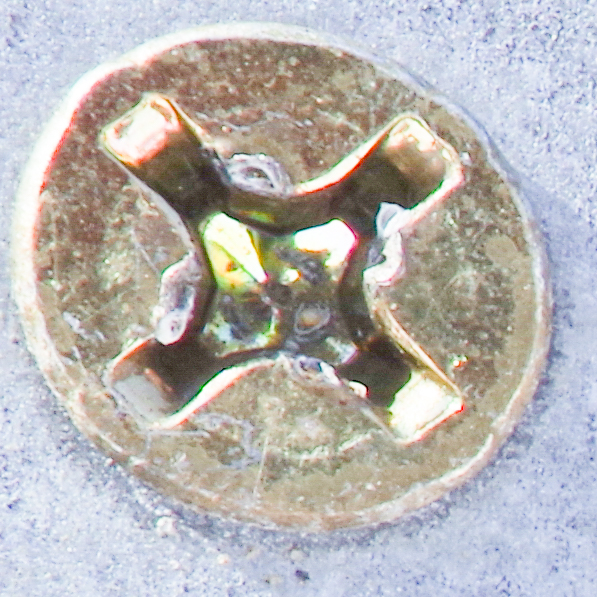 |
F22 | 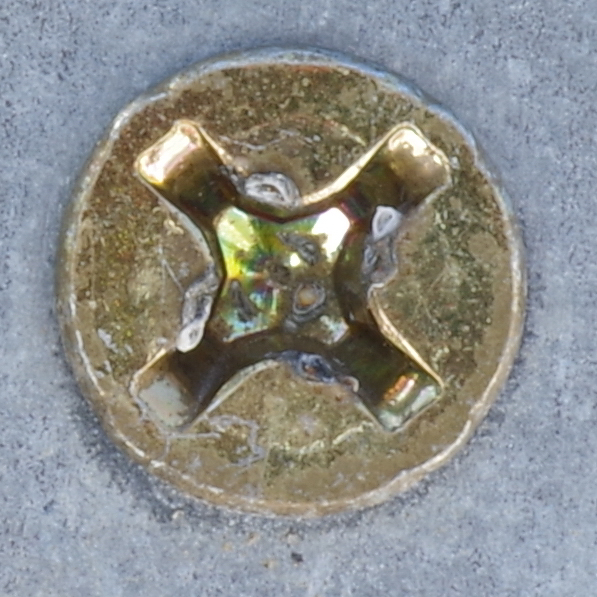 | 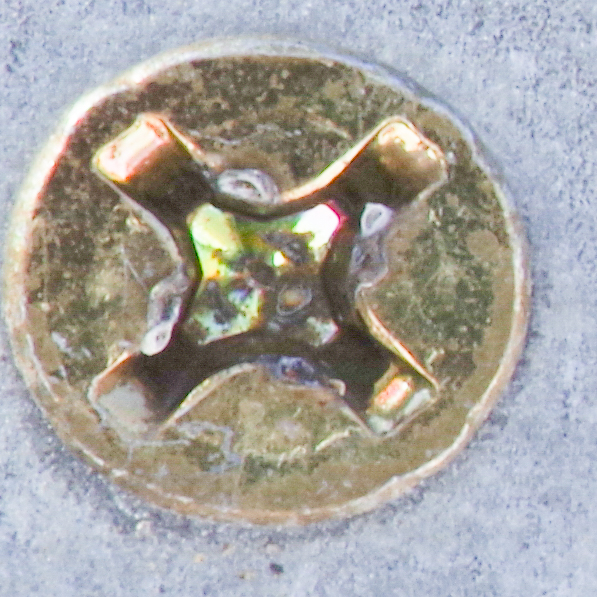 | 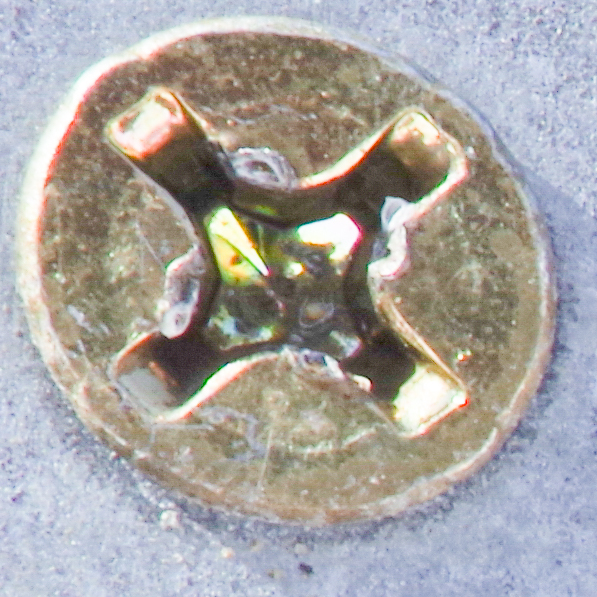 |
The results observed with the test chart are repeated here. The lens's distortion is apparent and impacts the perceived sharpness. Nonetheless, the center shows impressive sharpness and the edges and corners lag behind.
It will be advisable to favor placing the subject farther from the edges whenever possible. Luckily, with a macro lens this will often be the case. Also, we must remember that, by definition, the Venus Laowa 60mm is an APS-C lens, so the underwhelming corners results should not be held against the lens; we are using it outside its intended purpose.
Summary
The Venus Laowa 60mm's resolution figures are impressive in the center at all apertures. The edges and corners are less impressive. The corners lag behind in all cases, but show their best performances at F8. Edges are better by a small margin, especially on full frame. On APS-C, the edges come close to the center and the corners improve dramatically between F5.6 and F8.



